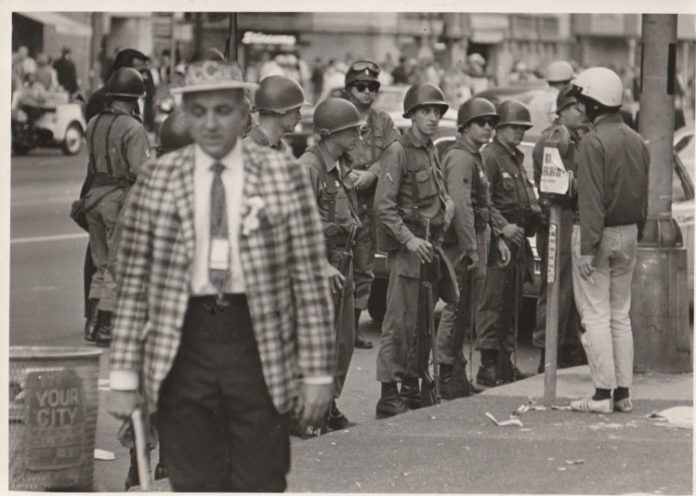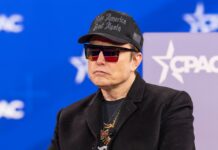Conservative political commentators today like to compare the cultural and political grassroots movement of the late-1960s to what is happening today, but they are not even close to describing the intensity and scope of what happened about 50 years ago.
The cultural and political upheavals of the late-1960s relied on the mass anti-Viet Nam war, civil rights, and pro-womens’ rights demonstrations. These events were more numerous, better attended, and energetic than anything today. These events also were driven by a cultural clash. The “Leave It To Beaver” classic family was evolving thanks to the Viet Nam war draft, recreational drugs, the Pill, the televised war in Viet Nam, and civil rights demonstrations. They were also driven by a middle class that began to suffer from wage stagnation and flat purchasing power in the mid-1960s.
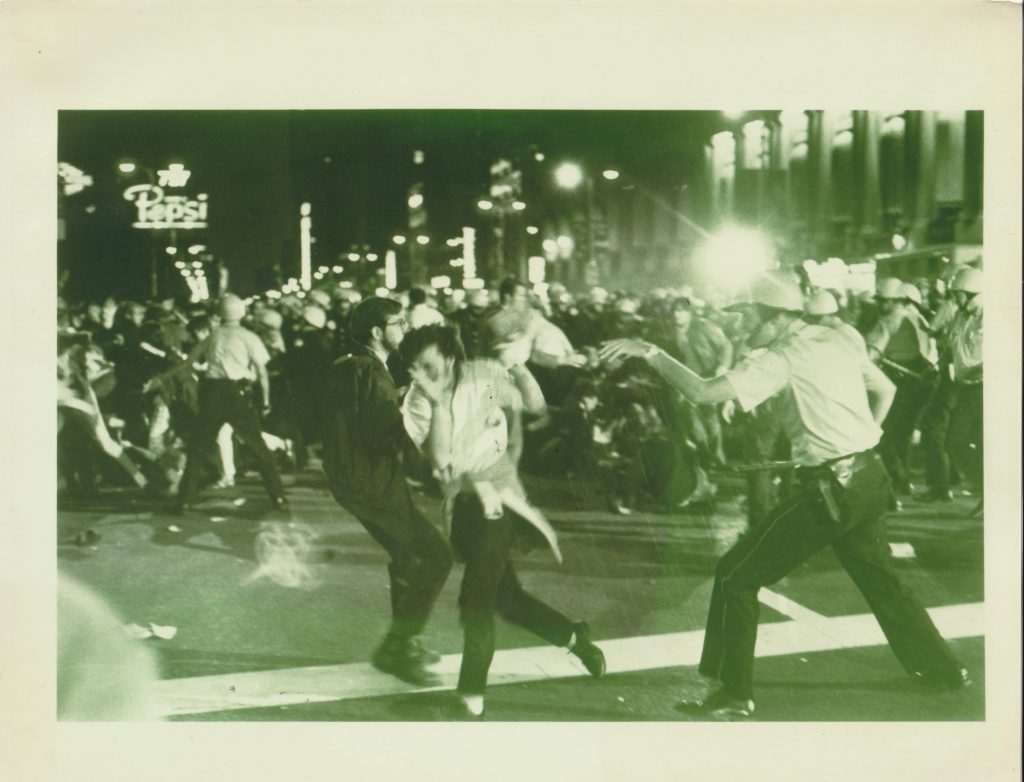
THE NEED FOR STRONG LEADERS
Another driving force was that campus upheavals were happening in England, France, and Germany, by much more activist, doctrinaire leftist groups. In France, the government was almost toppled by the student demonstrators.
The other great impact was in the culture. The counter-culture was changing music, art, relationships, and politics. Activist politics extended the boundaries of established parties. It gave rise to environmentalism (the first Earth Day was in 1970), activist movements, and renewed journalism that openly investigated the intersection between money and politics.
“THE TRAGEDY OF THE SIXTIES IS THAT SO MANY PEOPLE LOST FAITH IN THEIR COUNTRY, IN THE AMERICAN SYSTEM, IN THEIR COUNTRY’S FOREIGN POLICY…[THERE HAS BEEN] A BREAKDOWN IN, FRANKLY, WHAT I WOULD CALL THE LEADERSHIP CLASS IN THIS COUNTRY.” — RICHARD NIXON, 1968
In all of these instances, both in the U.S.and Europe, there were strong, visible leaders. Those leaders were in the Chicago 7 trial and on campuses worldwide. They challenged the role of the university and its links to businesses and governments that had a direct role in conducting the Viet Nam War, redlining, fomenting coups, and even conducting cruel experiments on animals. The demonstrators wanted accountability and transparency.
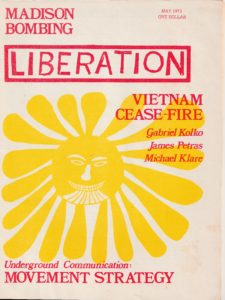 Today, some key events from the 1960s are being revived in the Netflix feature about the trial of the Chicago 7. This was one of the most followed landmark trials from this period, so it is not surprising that it is receiving full theatrical treatment.
Today, some key events from the 1960s are being revived in the Netflix feature about the trial of the Chicago 7. This was one of the most followed landmark trials from this period, so it is not surprising that it is receiving full theatrical treatment.
TIME TO GET INVOLVED
The Trial of the Chicago 7 should energize progressives and Democrats today since it was part of the culture wars that continues to dominate the right-wing commentary today. It is even a main theme of the current SCOTUS hearing that is questioning the judicial-political beliefs of Judge Amy Coney Barrett regarding women’s rights, health care, and the scope of police actions.
These are all major themes being discussed in the late-1960s but without the daily death toll from the Viet Nam war. Today, we have the daily death toll from the COVID virus.
The Chicago 7 trial deserves to be discussed again, especially as the culture wars perpetuated by FOX continue, and the courts become more conservative and political. But, 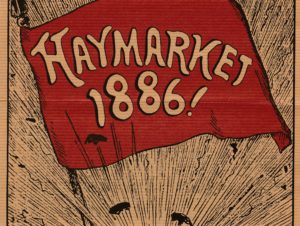 other events from this same period should also be discussed. Some of these acts gained national attention because they were violent or were committed by white, middle-class students and social activists.
other events from this same period should also be discussed. Some of these acts gained national attention because they were violent or were committed by white, middle-class students and social activists.
They gained wide media attention and forced discussions about the accountability of institutions and political leaders. This includes the 1970 bombing of the Army Math Research Center in Madison, Wisconsin, and the killings of Black Panther leaders Mark Clark and Fred Hampton by the Chicago Police Department. Both were shot dead in their beds in a barrage of gunfire on Dec. 4, 1969, at 2337 West Madison Street in Chicago. Lawyers for the slain Panthers had to wait five years before their case even went before a judge in June 1975.
WHAT MAKES TODAY DIFFERENT?
In the 1960s there were three national TV networks, no internet, no social media, limited right-wing media, and the influence of money into politics was less than it is today. Protestors, many of whom are Baby Boomers today, did more in person. Protesting was as much political and cultural as it was social.
Today, social media is great at alerting people about a march, but virtual organizing is not as good as face-to-face organizing. Protesting is also a matter of timing. The Arab Spring of 2011 used social media to help topple three Arab governments as a result of cultural liberalization. In the US today, we have a backlash against cultural changes that are complicated by job insecurity, overwhelming income disparity, voter suppression, and police violence. No one has a solution.
WHO IS TO BLAME?
Richard Nixon may have had the best answer. Shortly before the election in 1968, Nixon said in a Washington Star-News interview that “The tragedy of the Sixties is that so many people lost faith in their country, in the American system, in their country’s foreign policy…[There has been] a breakdown in, frankly, what I would call the leadership class in this country.”
Nixon was right. The US in 2020 has no respected leaders. This is a fragmented society held together by sporting events, some national holidays, and daily work and school routines. That is why Trump pushed to open schools and workplaces as the virus was spreading. It was a faux return to normalcy even though the sociopath Trump knew these dangerous admonitions would only bolster his election chances.
Generals have been relieved of command when they ordered troops to be slaughtered as they stormed well-fortified positions. Trump is doing the same and gets away with knowingly causing the deaths of thousands of Americans.
No wonder the US has no respected leaders today.
